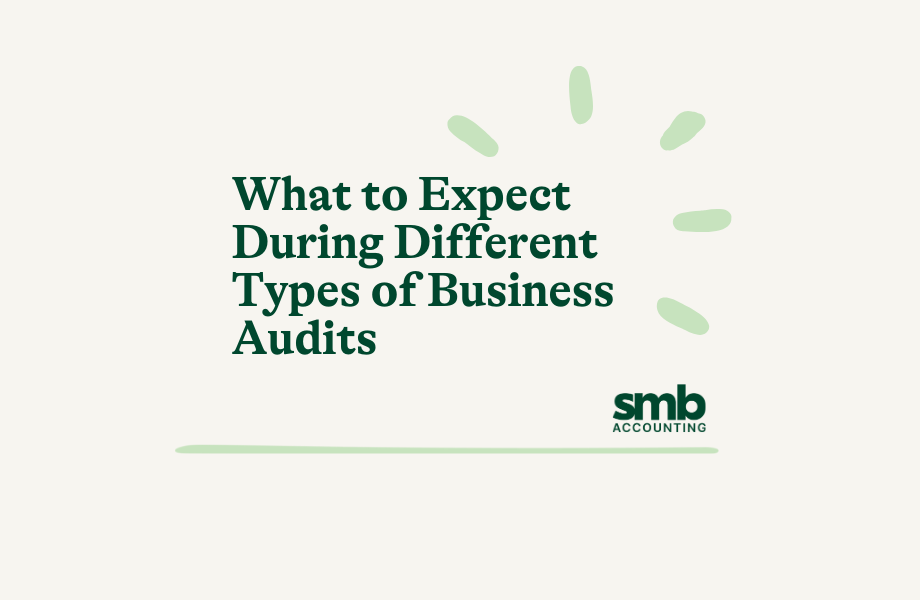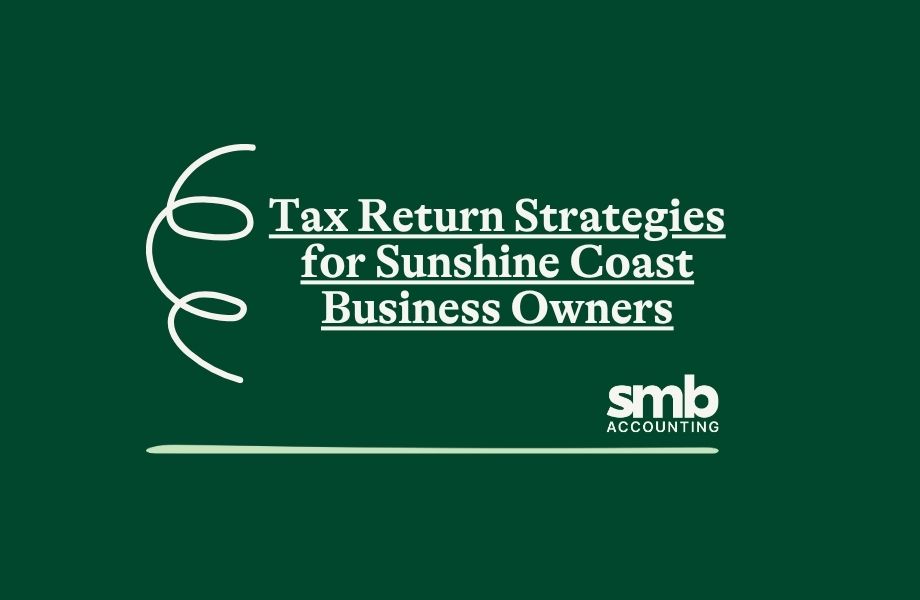What to Expect During Different Types of Business Audits
Business auditing plays a crucial role in maintaining transparency and accountability. If you're a business owner, knowing what to expect during an audit can help you stay prepared and confident.…










